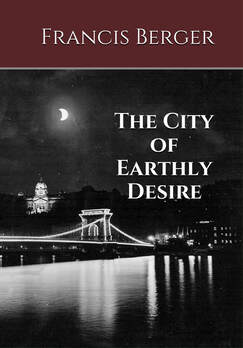For the rest of us who insist on writing serious fiction, don't despair. See the thing for what it is. Keep moving forward.
|
If you don't get what I'm alluding to, I humbly suggest you take a peek at some of the titles that populate the bestseller list at Amazon.com. This is especially true for the Kindle bestseller list.
For the rest of us who insist on writing serious fiction, don't despair. See the thing for what it is. Keep moving forward.
0 Comments
The last point Peterson makes in this short clip will be contentious to most.
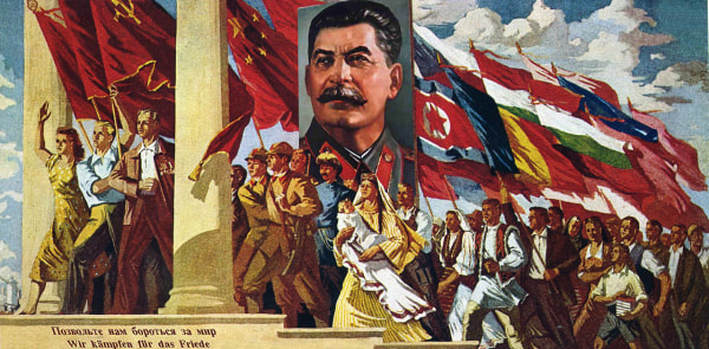
That fascism was and is an inherently evil ideology is accepted without much serious debate in the West. In fact, we have been instructed to believe that fascism, and its nationalist-socialist offspring, are the greatest evils that have ever plagued the Earth. You will not get much objection from me on this point - I agree, fascism and nazism are inherently evil ideologies that have wreaked great harm upon humanity, and care should be taken to ensure this ideology does not rear its ugly head again in the future. The horrors of fascism and nazism are well-known in the West, but when it comes to fully acknowledging the horrors of communism, a massive blind spot exists. Unlike fascism, communism is not anathema in most Western countries. Despite the efforts of writers like Solzhenitsyn and others, despite extensive historical records and documents, despite countless eye witness accounts and terrifying personal testimony, the terrible legacy of communism has not ignited the same levels of condemnation in the West as fascism has. On the contrary, many celebrated intellectuals and thinkers were or are professed communists and either enjoyed or continue to enjoy rewarding careers in academia or in the media despite their admiration or support for the Marxist cause. Some have built an entire careers on the foundations of Marxist apologetics and obtuse French Marxist psychoanalysis. You can talk about communism as a viable political option at any Starbucks in the West without drawing too much objection from anyone sitting at nearby tables. The name Stalin does not inspire great same depths of scorn on the facial expressions of most when his name is mentioned. And of course, no hipster wardrobe would be complete without at least a few items of clothing featuring Comrade Lenin, a red star, hammers-and-sickles, or Che Guevara. This has always bothered me and it continues to bother me, especially now when the West is seized by a collective paranoia over the rise of fascism. Don't misunderstand. I am no supporter of fascism; I have no crooked cross in my head. The ideology is evil and loathesome. I criticize it roundly in my novel The City of Earthly Desire. However, what separates me from many others is my conviction that communism / Marxism is just as evil and loathesome. I firmly believe that communism deserves to be addressed and treated with the same contempt fascism inspires. But for the most part it isn't, and it does not seem like it will ever be. A tremendous shortcoming. If you experience confusion, revulsion, scorn, or a combination of any or all of the above whenever you see a "masterpiece" like this, don't despair. You are not alone and there is nothing wrong with you. You're not uncultured, or unsophisticated, or uncouth, or unrefined. On the contrary, if you find yourself sneering at post-modern aesthetics in general, regard it as a sure sign of your integrity, health, and sanity.
To commemorate the 225th anniversary Count István Széchenyi's birth, the City of Sopron and a notable local civil organization initiated a plan to engrave one of Széchenyi's patriotic quotes into the pedestal of his statue that stands in the center of town in the aptly named Széchenyi Square. The Hungarian quote was translated into three languages - German, Croation, and English. I was commissioned to do the English translation. The city had a big unveiling ceremony back in September, but I do to other obligations, I did not have the chance to attend. Though I work a mere two hundred meters from the Széchenyi Square, I did not stop to see the engravings until today. The engraved letters themselves are marvellous, but to be honest, I am not entirely satisfied with the translation that ended up on the plaque. I find it clunky and wordy. My first translation of the quote, which began with the dependent clause and left the main idea in one unit, was far better, in my opinion, but it was rejected because it did not match the syntactical structure of the original. I was under instruction to remain as faithful to the original Hungarian as possible, both in choice of diction and in terms of syntax. This is the bane of translating - giving a client exactly what they want even if what they want is not the best possible version. Regardless, I am still proud of my work here; I believe it accurately mirrors both the diction and the tone of the original Hungarian. If nothing else, at least this small piece of my work will remain for posterity. Over the past few days, I have been spending much time thinking about the debate between Sam Harris and Jordan Peterson. The more I think about it, the more I gravitate toward's Peterson's side of the argument. This is hardly surprising since I more or less hold similar views concerning the nature of truth and have held these views for many years.
I touch upon the truth contained in stories in my novel The City of Earthly Desire. Toward the end of the novel, a young woman named Brigitta describes the legend of the white stag to the protagonist, Béla. A student of history, Brigitta is interested in the kinds of evidence and hard scientific fact Sam Harris expounds during his debate with Jordan Peterson, but she sees their limits when seen in a larger context of value and truth. After finishing describing the legend of the white stag, she states: “Of course, it’s all nonsense, historically speaking, but that doesn’t make it untrue. Though I would never admit this to any historian, I have found legends and myths reveal more about a culture than cold, hard facts do.” I discovered a direct connection to this line of thinking in Jordan Peterson's work a few days ago. On his website, he states: I came over the course of a decade and a half to understand the meanings of many things that had been entirely hidden from me – things that I had cast away, stupidly, as of little worth. I came to realize that ideologies had a narrative structure – that they were stories, in a word – and that the emotional stability of individuals depended upon the integrity of their stories. I came to realize that stories had a religious substructure (or, to put it another way, that well-constructed stories had a nature so compelling that they gathered religious behaviors and attitudes around them, as a matter of course). I understood, finally, that the world that stories describe is not the objective world, but the world of value – and that it is in this world that we live, first and foremost. Though it is dangerous to equate everything all characters say as representations of an author's beliefs in a novel, I honestly admit that I hold what Brigitta says toward the end of the book to be true. Though I only discovered Peterson's work a couple of months ago, it is very reassuring to know my beliefs in the power of stories and legends may not be as insane as they initially sound. An interesting debate has ignited online since the release of the latest "Waking Up with Sam Harris" podcast a couple of days ago. The podcast, featuring psychologist Jordan Peterson, was a highly anticipated one. Though it fell short of expectations in many ways and became bogged down almost immediately on semantic definition of what truth means, I feel it has done a great service to revive discourse concerning the nature of truth. Without going into excessive detail, I will summarize the discussion in the following way: Harris: truth is cold, hard, scientific fact that exists with or without any moral attachments or human interpretation. Peterson: scientific truth is true, but it is subordinate to and perhaps even false in the light of higher truth (what I have referred to in my novel as truth beyond truth). In essence, the two men were working from different frameworks and neither seemed willing to step outside of their own. This lead to an impasse right at the start and the discourse quickly became mired in the epistemology and semantics of the very first question - What is true? Some found the conversation frustrating and pointless, but I think it may help reinvigorate discourse concerning epistemology metaphysics, religion, and morality. Even if the podcast itself did not manage to touch on these topics in any meaningful way, it has inspired many to begin pondering the question of what truth is and the larger points that may have been made if Harris and Peterson managed to move past that initial sticking point concerning the nature of truth. If you have two hours to spare, give it a listen. The experience will leave you fascinated or exaperated (or maybe a combination of both!) Perhaps the most famous Hungarian painter in whom I found inspiration for my novel was Mihály Munkácsy (20 February 1844 – 1 May 1900). Recognized in his own lifetime, Munkácsy is best known for his landcapes, genre paintings, and large-scale biblical scenes.
In my novel The City of Earthly Desire I conceptualized tradition and everything it contains within the symbol of the white stag, while communist ideology was, fittingly enough, represented by the red star. I chose the two symbols for the novel because they were historically appropriate for the time and place and partly because I believe they represent a deeper archetypal truth. The white stag appears in Hungarian mythology and the red star was ubiquitous in the country when it was ruled by the communists. I personally remember encountering the red star everywhere when I visited my family as a child.
But as I wrote the novel, I came to the conclusion that the struggle between the white stag and the red star was not limited to the pages of my book or a period in history. It is ongoing, even today and every one of us is forced to make a choice between the two at least once in our lives; however, it is more likely that this choice is actually broken down into an endless series of smaller choices, hundreds, perhaps thousands of them over a course of a lifetime. Regardless of how it happens, one thing is clear - when it comes to selecting between the white stag and red star, the choices you make are of monumental importance. I drew the inspiration for the historical scenes and portraits Reinhardt Drixler paints in my novel The City of Earthly Desire from the Hungarian painter, Bertalan Székely whose decorative murals can still be seen in the Opera House and the Mátyás Church in Budapest. Székely worked primarily in the Romantic and Academic styles.
|
Blog and Comments
Blog posts tend to be spontaneous, unpolished, first draft entries ranging from the insightful and periodically profound to the poorly-argued and occasionally disparaging. Comments are welcome but moderated. Please use your name or a pseudonym in comments. Emails welcome: f er en c ber g er (at) h otm ail (dot) co m Blogs/Sites I Read
Bruce Charlton's Notions Meeting the Masters From The Narrow Desert Synlogos ✞ Aggregator New World Island New World Island YouTube Steeple Tea Adam Piggott Fourth Gospel Blog The Orthosphere Junior Ganymede Trees and Triads nicholasberdyaev Archives
July 2024
|
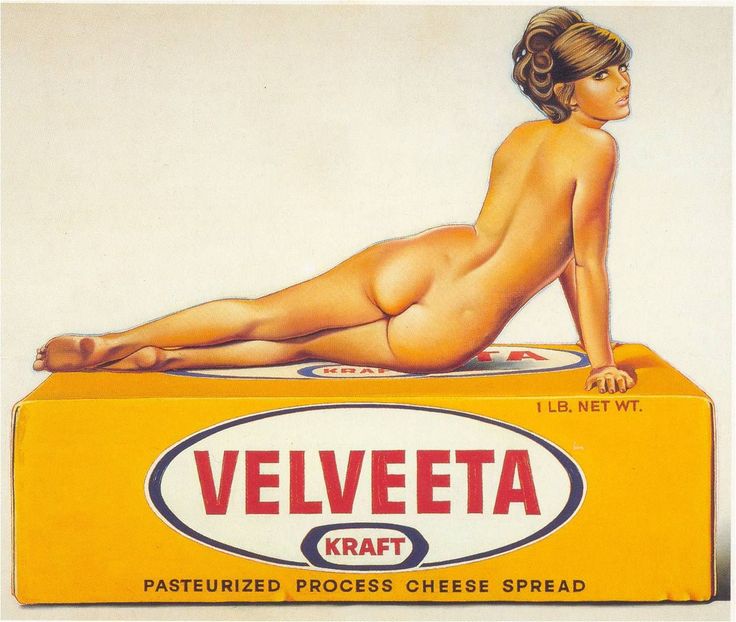

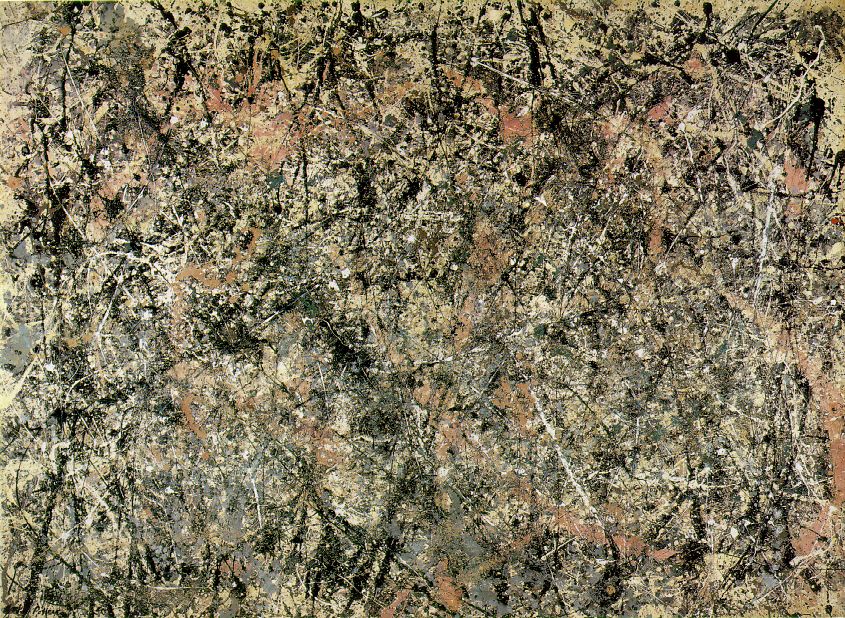
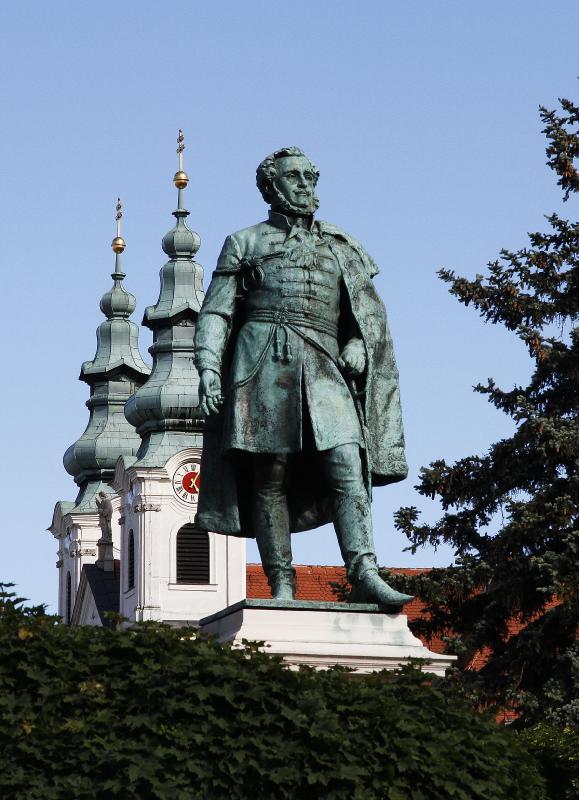
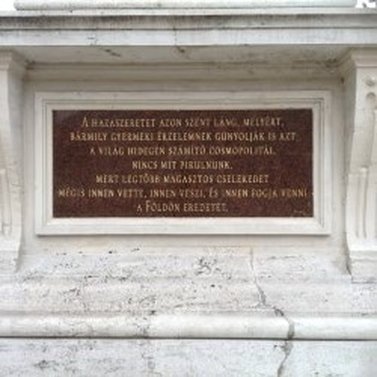
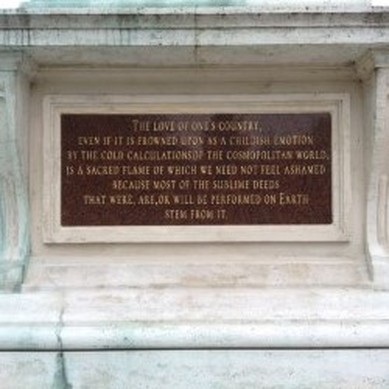
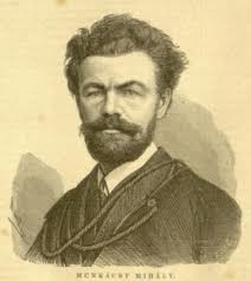
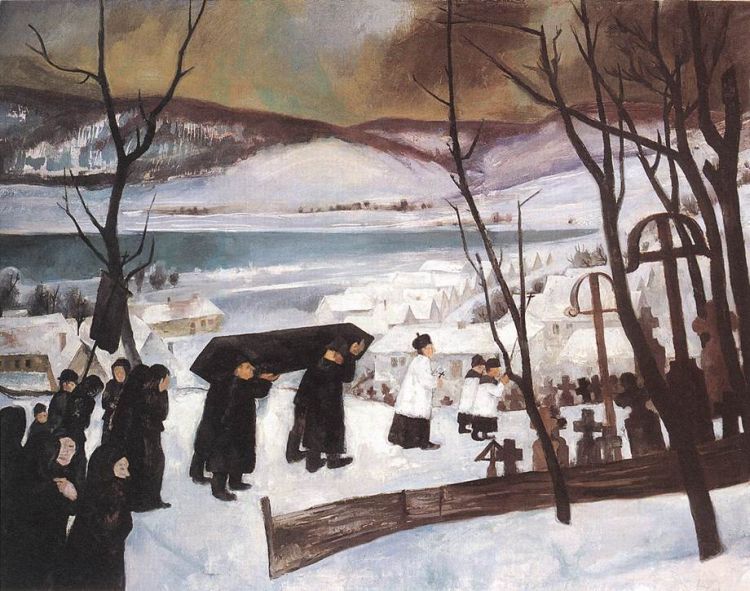
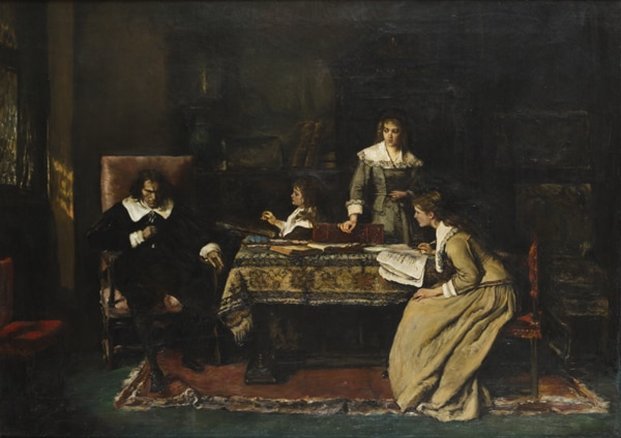
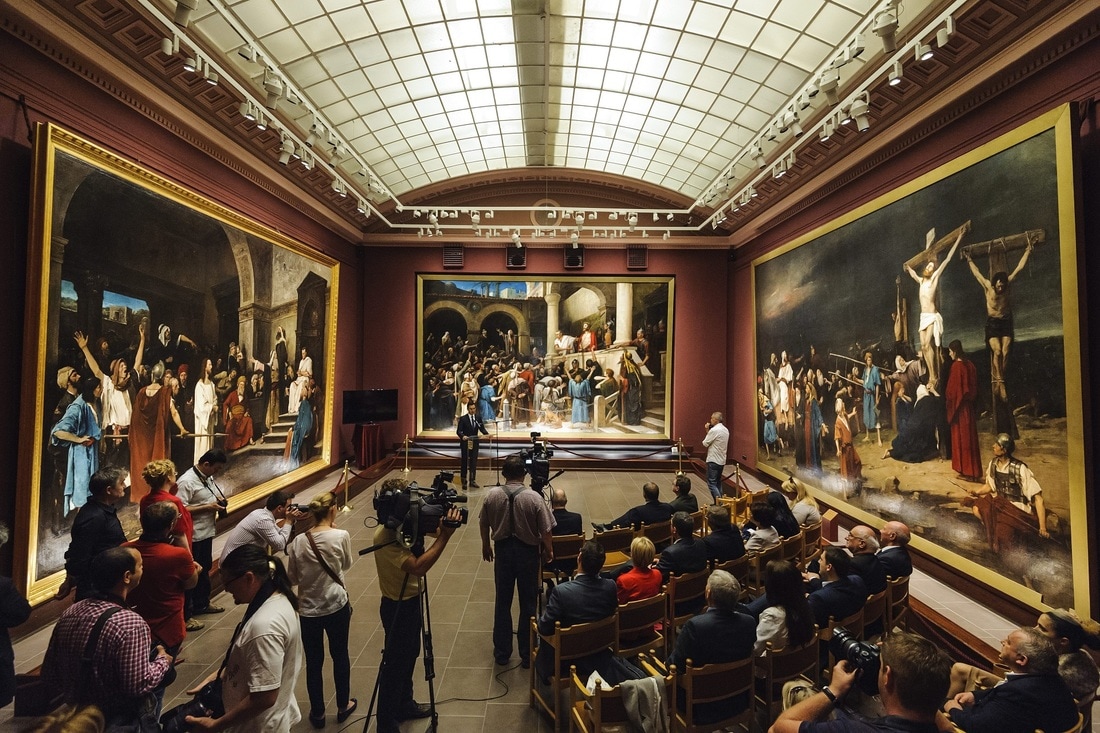
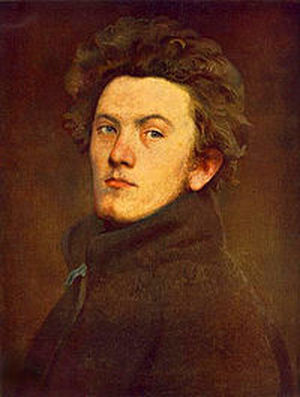
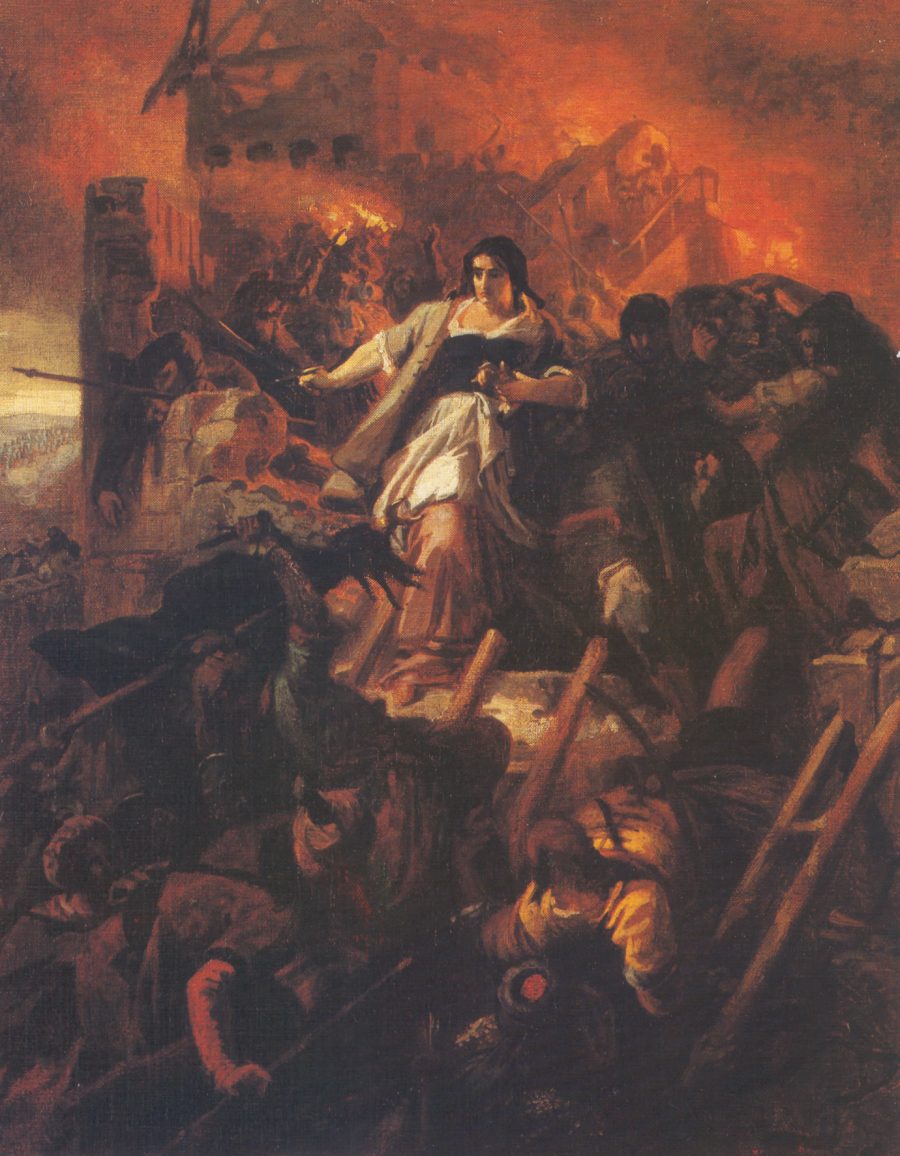
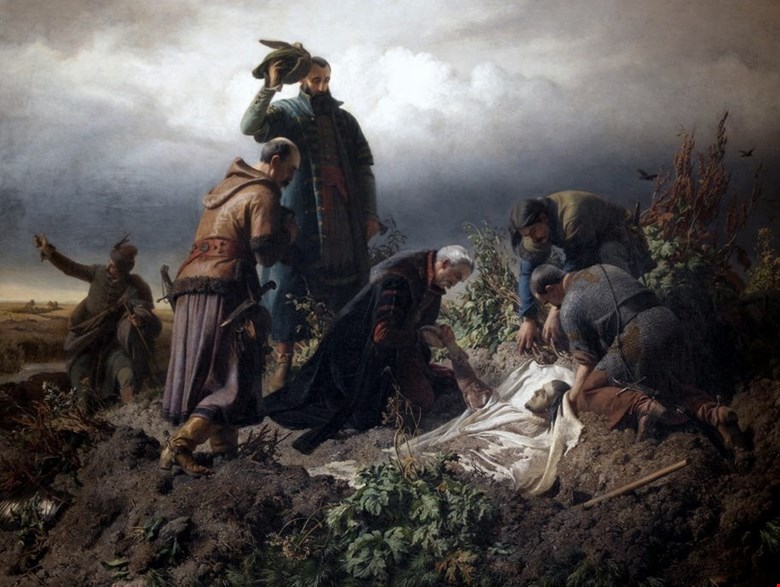
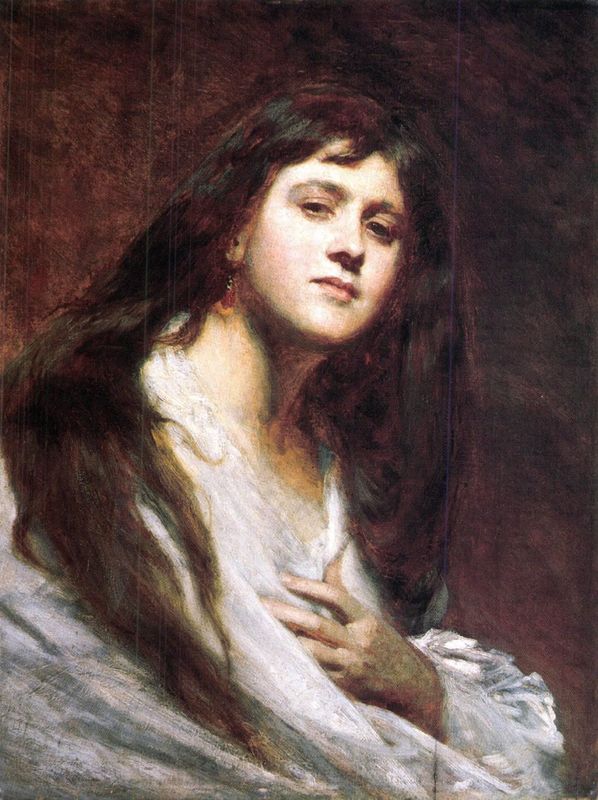
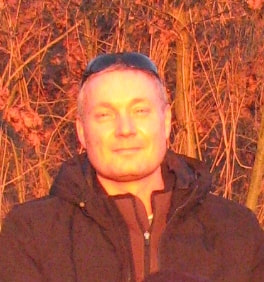
 RSS Feed
RSS Feed
